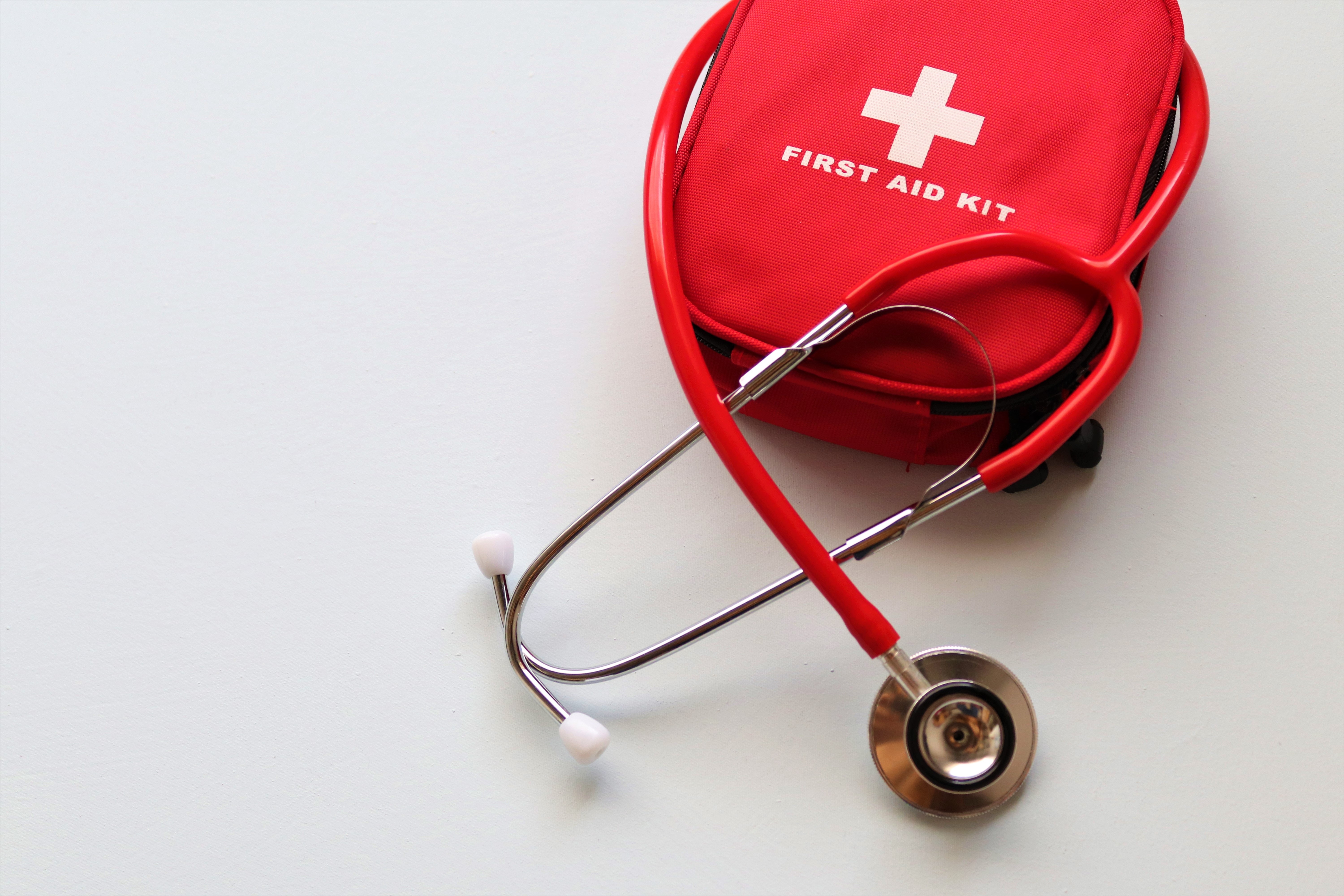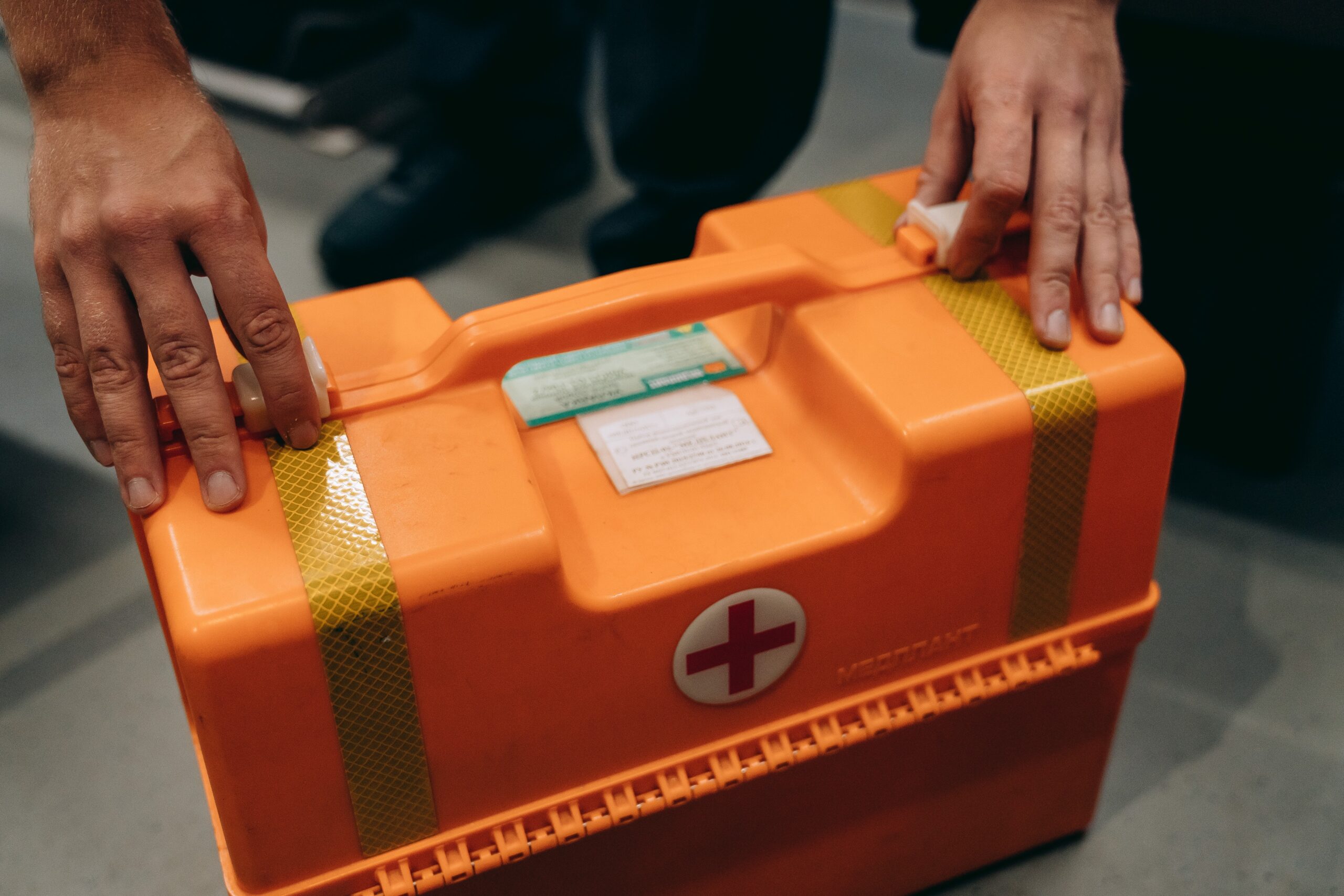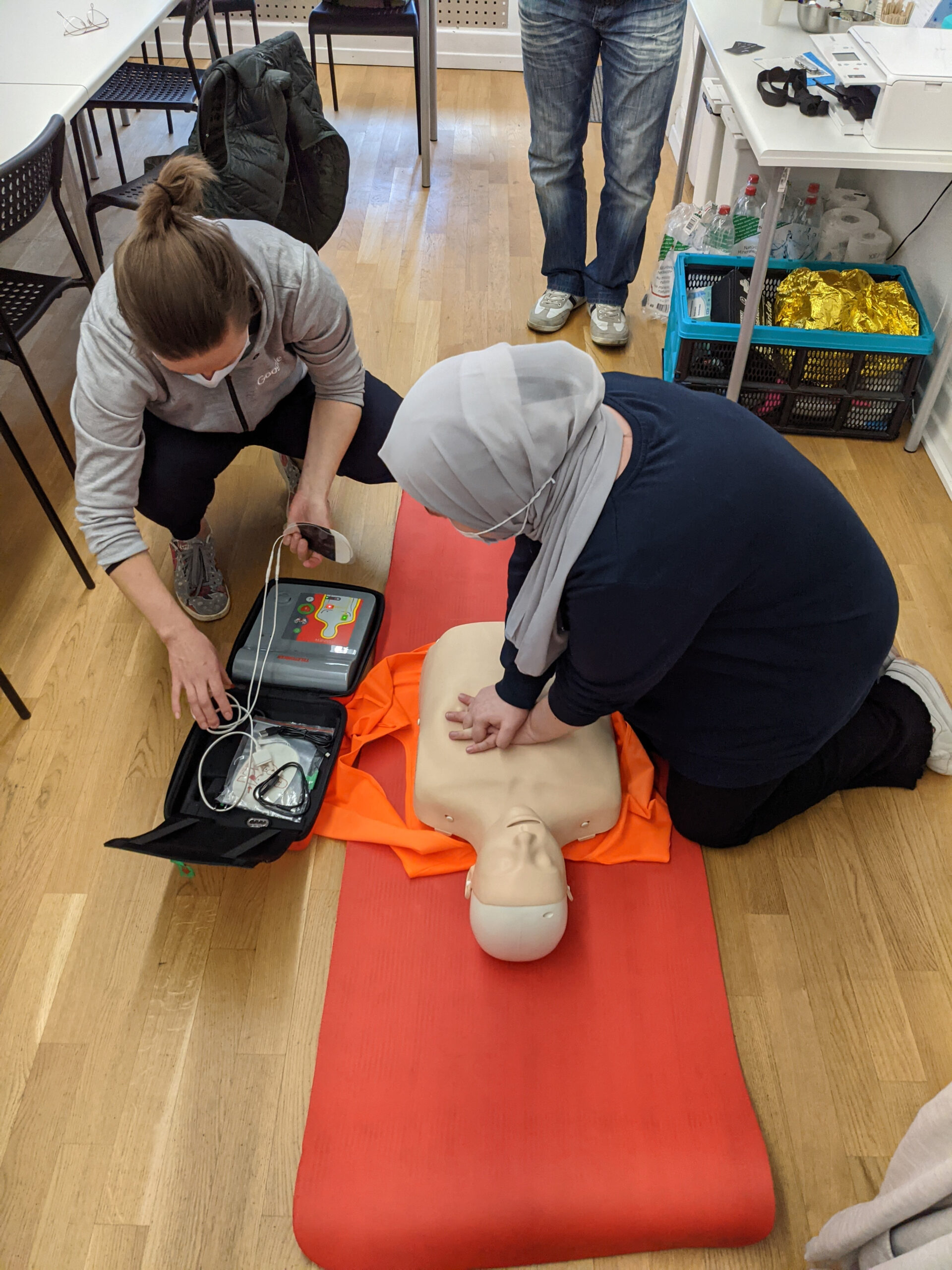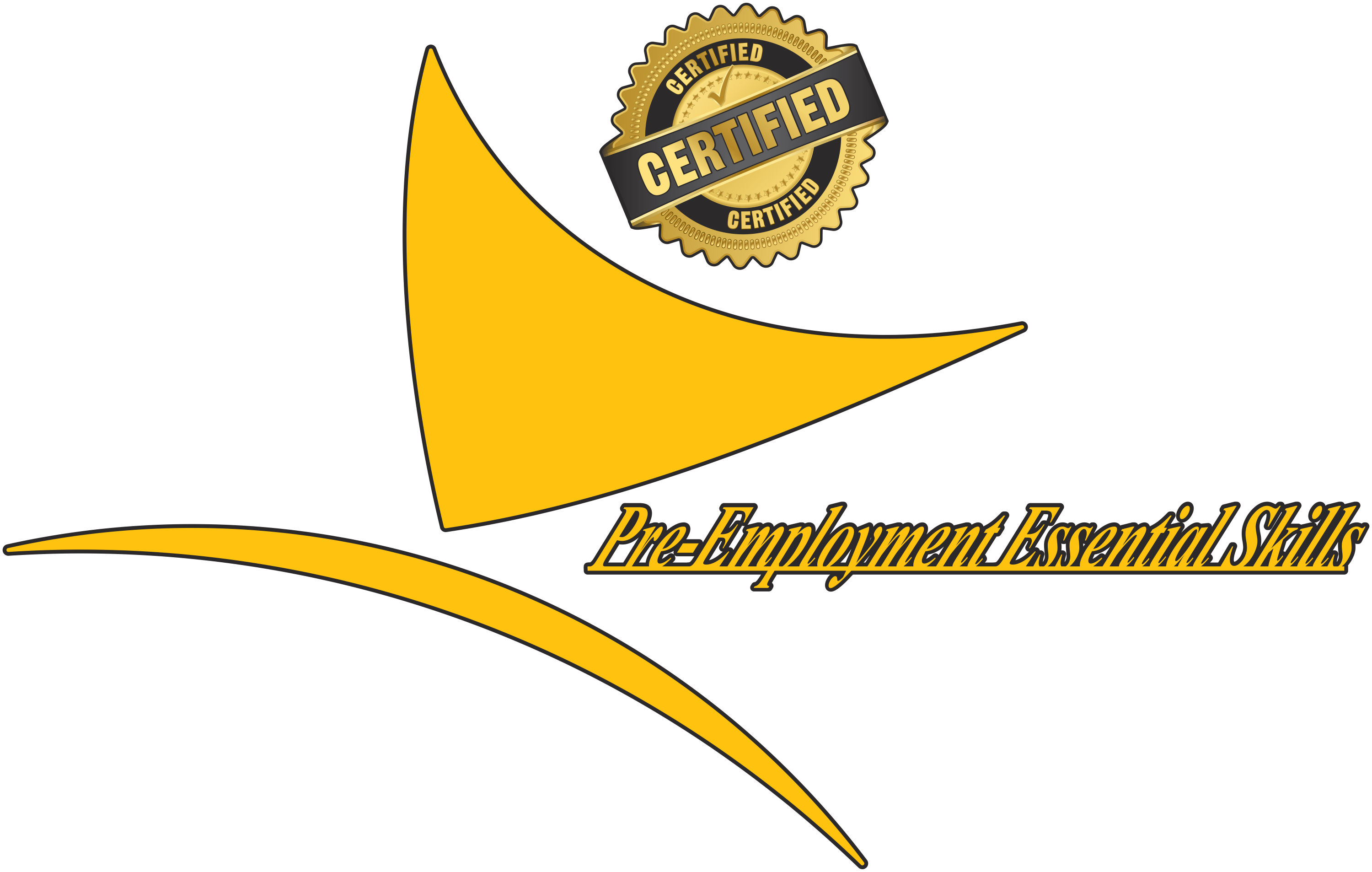First-Aid & CPR
Why Should I Learn First-Aid & CPR?
This video from CarePoint Resources LLC, explains why you should learn First-Aid & CPR and demonstrates how it can help you save lives.

First-Aid & CPR at Pre-Employment Essential Skills
We offer 8 different types of training that involve First-Aid & CPR, including re-certifications, Emergency First-Aid & CPR A or C, BLS, & more.
Why is CPR Training important?
This video from American Red Cross explains why CPR Training is so important and how it can help you save a life.

Course Options:
Re-Certification is available for all of the following.
- CPR A&C (only)
- Emergency First-Aid & CPR A&C
- Standard First-Aid & CPR A or C
- Standard First Aid/ CPR BLS Level
- BLS Oxygen & Airway Management
For more details on our courses please contact us.

7 Facts Most People Don’t Know About CPR:
1. You are more likely to give CPR to a loved one than stranger.
‘What are the chances you’d ever need to use CPR?’
People ask this because they only envision themselves giving CPR to a stranger when they just happen to be there to save the day.
But the truth is that you’re much more likely to end up giving CPR to someone you know as a parent, child, or friend. It’s great when you can be there to help a stranger. But your loved ones are the people who most often benefit from you learning CPR.
88% of cardiac arrests will occur in someone’s home.
2. Most bystanders won’t attempt CPR because they’re afraid.
Most people have a basic understanding of CPR, even if they haven’t been formally trained. But even though CPR can save a life, most people will not step in to do CPR in fear of doing it wrong.
CPR training and certification give bystanders the confidence they need to jump into action when someone needs them.
3. Children as young as nine can effectively administer CPR.
To properly give CPR, someone does need to be able to give compressions. Children as young as nine may be strong enough to manage CPR or support an adult. And some may not.
The more people who know CPR, the better, so if you have a tween or above who wants to learn CPR, this is a great time for them to learn these life-saving skills.
As children grow into their teens, they are in more situations where an adult is not around. So knowing CPR could save a friend’s life at a beach, pool, party, camping trip, hike, or anywhere.
4. Time is of the essence.
Every minute a person goes without CPR, their chance of making a full recovery goes down by approximately 10%. Waiting for an ambulance to arrive is not a life-saving move when someone’s heart stops.
5. People forget how to give CPR.
Just like learning a language you never use, CPR is a “Use It Or Lose It” skill. The skills you learn in CPR do fade. CPR courses expire every two years.
It’s important to update your certificate at that point to refresh your CPR skills and to find out if anything has been updated.
6. CPR helps with more than just Cardiac Arrest.
When you take First-Aid & CPR, you also learn how to manage airways, help someone who is choking, or handle a traumatic injury. CPR can save a recently drowned child or an adult who overdosed on heroin. These are just examples. There are many instances where you may use CPR skills.
CPR courses also normally include first aid training for things like:
- Chemical exposure
- Extreme weather exposure
- Bee stings
- Anaphylaxis
- Loss of blood
- Sanitizing a wound
7. You cannot kill someone by giving CPR “wrong”.
Some people are worried about giving CPR because they’re afraid they could cause a death that wouldn’t happen otherwise. Even if CPR is given awkwardly by someone untrained, it cannot kill someone or make them worse off than they already are.
